SPL Lighting E14 LED Lamps
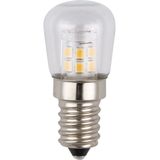
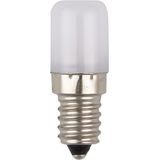
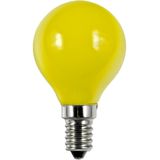

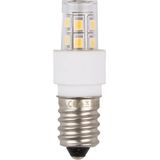

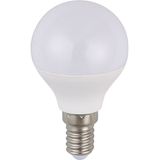

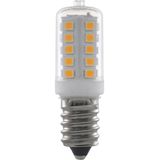
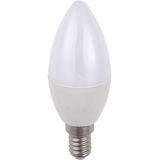
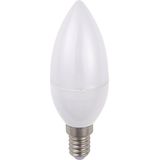

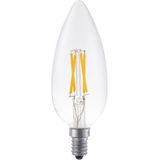
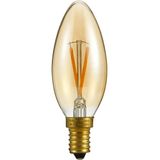
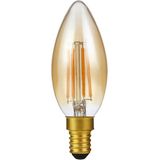
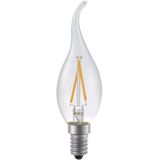
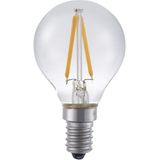
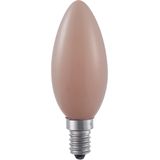
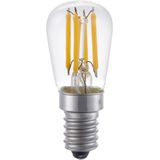
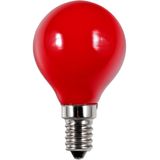

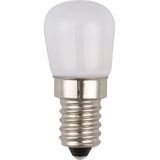

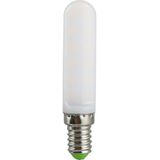
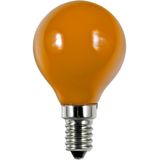

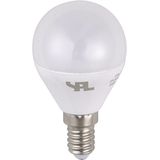
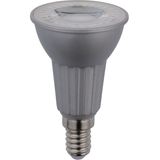
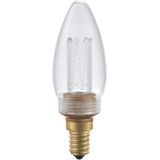
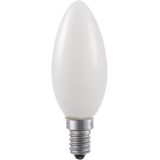

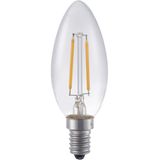



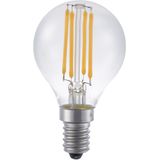

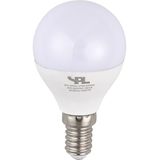
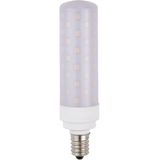
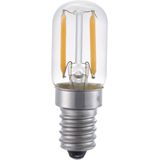

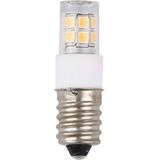




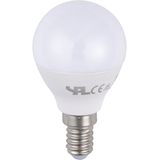
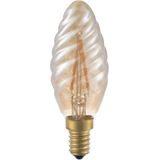

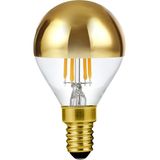
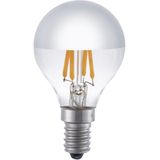

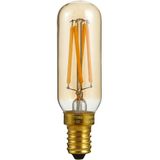
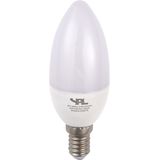


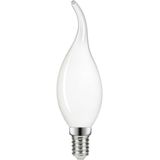
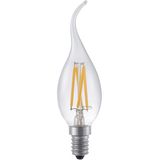
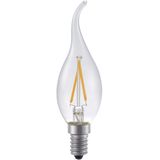
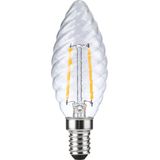
spl lighting e14 led lamps formats and output classes
E14 covers the small Edison screw used in chandeliers, sconces, bedside heads, and tight glass chimneys. You’ll see C35/B35 candles, P45/G45 mini-globes, and slim tubulars. Typical nodes run 2–7 W with about 200–800 lm depending on optic and CCT, replacing legacy 25/40/60 W points on 220–240 V. Colour packs: 2700/3000/4000 K. CRI 80 is the day-to-day choice; CRI 90 (often with R9 > 50) is stocked for food, wood, fabrics, and skin tones. Most versions are IP20 at the lamp, −20…+40 °C ambient; keep Tc below 85 °C in tight shades.
spl lighting e14 led bulbs optics and materials
Two engine styles cover nearly every brief. Clear “filament” glass gives a point-source sparkle and higher centre intensity—ideal for open shades and crystal. Opal diffusers ride an internal thermal slug and calm the luminance for comfortable eye lines in small canopies. Envelopes are marked for size (e.g., C35 ≈ Ø35 × 98–110 mm; P45/G45 ≈ Ø45 × 78–85 mm) so cages and trims aren’t guesswork. Caps follow IEC 60061; collars are ceramic or high-temp polymer on the hotter watt classes.
spl lighting dimmable e14 lighting drivers and control
Trailing-edge (RC) is the safe default; many SKUs also pass vendor tests on leading-edge (RL). Expect clean 5–100% on clear filaments, ~10–100% on opal globes when the channel load sits inside the dimmer’s stable window. Professional batches target PF ≥ 0.90 from ~5–6 W upward, THD ≤ 15 %, and comfortable low-modulation light (PstLM ≤ 1.0, SVM ≤ 0.4) for camera-heavy spaces. Very small loads on multi-gang plates can shimmer—aggregate circuits or add a bleed as per the dimmer note.
spl lighting decorative e14 bulbs series and finishes
Filament candles arrive clear or tinted (amber/smoke) with straight or spiral filaments; the look reads convincingly “period” when dimmed. Mini-globes keep fixtures visually balanced where shades are shallow. Opal candles are the workhorse for hospitality corridors—softer luminance, fewer bright points in mirrors and glass. Finish sets track the wider luminaire palette (white/black/aluminium/bronze), so pendants, wall lights, and table lamps hold one language.
Electrical and safety references you’ll actually use
IEC/EN 62560 for self-ballasted safety and marking; LED source/driver stack to EN 62031, IEC 62384, EN/IEC 61347-2-13. EMC per EN 55015/EN 61547; mains quality EN 61000-3-2/-3-3. Photobiological safety is RG0/RG1 for typical outputs. Note any “enclosed-fixture suitable” limitation on the schedule—small glass chimneys run hot.
Fitment and thermal behaviour
E14 holders should be ≥T150 in enclosed globes. Keep insulation and fabric away from the crown. In metal shades, use insulating washers to preserve creepage/clearance. For bedside heads, short-body P45/G45 keeps switches accessible and prevents glare from protruding bulbs.
Colour and application cues
Dining and guest areas: 2700 K, clear filament candles for sparkle; CRI 90 over tables. Retail and reception: 3000 K in visible fittings, opal where glare control matters. Task nooks and mirrors: 4000 K opal mini-globes, CRI 90 if makeup or colour checks are real. If your drawings group small lamp families as spl lighting small base led lamps, note envelope (C35/P45/G45), lumen target, and dimmer topology on the same row.
Series snapshot installers actually pick
- Filament Décor — clear/tinted C35 and ST mini tubes; lowest ripple, warm ambience.
- Opal Utility — P45/G45 with higher lm/W and better thermal headroom in tight shades.
- High-output Mini — 6–7 W G45 around 700–800 lm where ceilings are a touch higher.
Retrit notes and logistics
Lamp-only changeouts are labelled as spl lighting e14 retrofit bulbs on many tenders—mirror the wording but lock envelope size and maximum shade watt limit. Mixed estates sometimes blend bayonet and screw; keep plates labelled to avoid cross-picks. Where energy is front-of-mind, point the buyer to spl lighting energy saving e14 lamps in the opal utility sub-range (PF ≥ 0.90 on higher watt nodes).
Standards snapshot on the label
CCT/CRI/lm/PF/THD/dimming icon plus the envelope code are printed so store teams pull the right carton. Most lamps are IP20; the luminaire provides any bathroom/IP44 face.